Perhaps one of the most common adhesive types is the masking tape. From painting, decorating, to fixing a few issues, a masking tape is known for various home project applications, including its close relative, the painter’s tape.
As the masking tape has numerous uses in your homes, it’s important to brush up your skills on the proper ways to identify which type of masking tape is needed for a specific home project.
But, first, you have to understand how a masking tape is different from a painter’s tape.
Masking and painter’s adhesive tapes look similar; it’s no surprise that people get confused which to use in painting a property. In addition, both adhesives have the same feel, as they come from the same brood.
Here’s a spoiler: All painter’s tapes are categorized as masking tapes, but not all masking tapes are considered as painter’s tapes. That being said, here are the major considerations in choosing the right masking tape for your painting job:
Make of Masking Tape:
All masking tapes consist of two layers: a crepe paper backing that’s thin enough to be torn without scissors, and an adhesive on the other side –the strength and type of which varies.
Colour of Masking Tape:

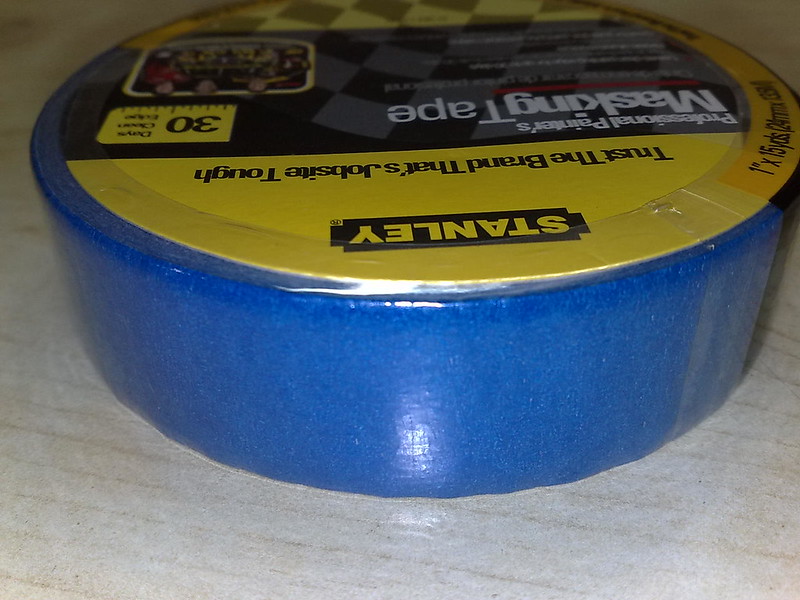 However, the key takeaway is the colours that they go with. Masking tape is yellowish, while a painter’s tape is usually blue or green. As with other tapes, both have adhesives on them. But, apparently, a painter’s tape is weaker, making it easier to remove than a masking tape.
However, the key takeaway is the colours that they go with. Masking tape is yellowish, while a painter’s tape is usually blue or green. As with other tapes, both have adhesives on them. But, apparently, a painter’s tape is weaker, making it easier to remove than a masking tape.
Features:
Between the two, a painter’s tape is favoured over masking tape because of its durability and capacity to deflect paint drops better than the latter. The former is also said to be less sticky than a masking tape, so removing it doesn’t leave any residue on the surface. Overall, this means using a painter’s tape for your painting works allows you to have a cleaner paint job; free from bleeding and seeping through the edges.
Easy to Take off:
One of the downsides of using a masking tape to protect edges when painting is that it leaves behind a sticky residue. Hence, after the paint has dried, you’d have to clean the area. On the other hand, a painter’s tape is easy to remove and leaves no debris.
Hence, for commercial painting jobs, you may be better off using a painter’s tape. You can get more information on tapes of this sort from sites like The Bloke Cave.
Price of Masking Tape:
The only downside in using a painter’s tape over a masking tape is its price. So, if you’ve got a wide project area, it may be best to mix the two to control your costs.
Versatility for Various Applications:
Because of its price and features, a painter’s tape is best used exclusively for protecting the edges or other sections when painting your home.
On the other hand, a masking tape offers more versatility in that it has a stronger adhesive. Being stickier, it can be used for a variety of purposes – labelling, putting and bonding together light materials, and some other quick fixes.
Questions to Ask in choosing the Right Masking Tape
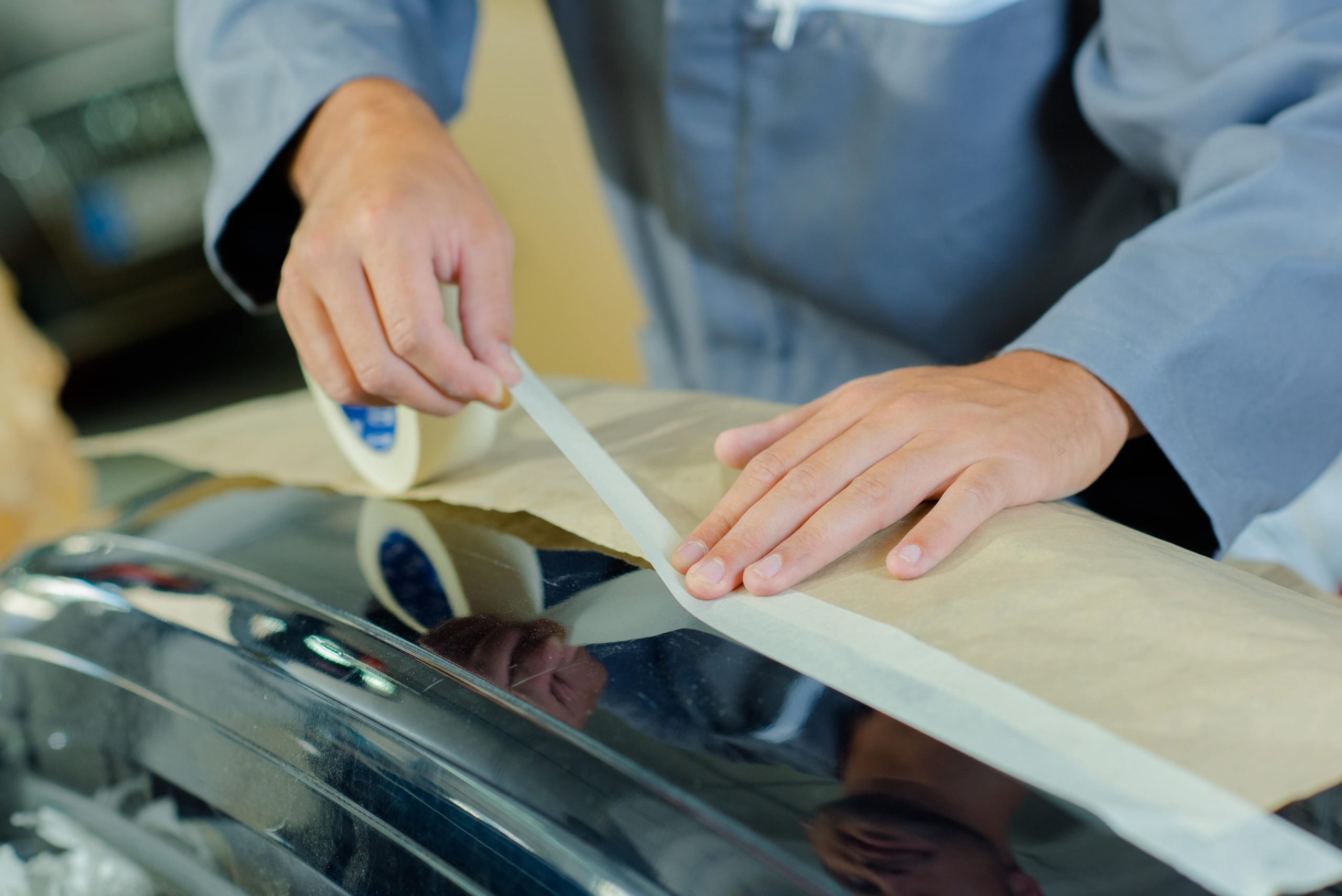
Because there are other do-it-yourself home projects that require other types of adhesives, it can be highly confusing for neophyte handy workers. Here are some additional questions to ask yourself before choosing the right masking tape for your home projects:
- Which features do I want for my project?
- Does my project require a specific size and thickness?
- Is it conductive or non-conductive?
- Is it water-resistant?
- Will it be used indoors or outdoors?
- Is tape or sealant better for my project?
If you’re at a loss and don’t know which tape to use for your home renovation, don’t hesitate to ask professionals such as a home contractor or a construction worker. If you don’t have access to these persons, ask hardware store employees for some inputs too. Again, you can always go online to get the information you need.
Identifying Masking Tapes through their Colours
While most of you are familiar with the off-white hued masking tape, not many know that they come in other colours based on specific purposes.
Blue Masking Tape:
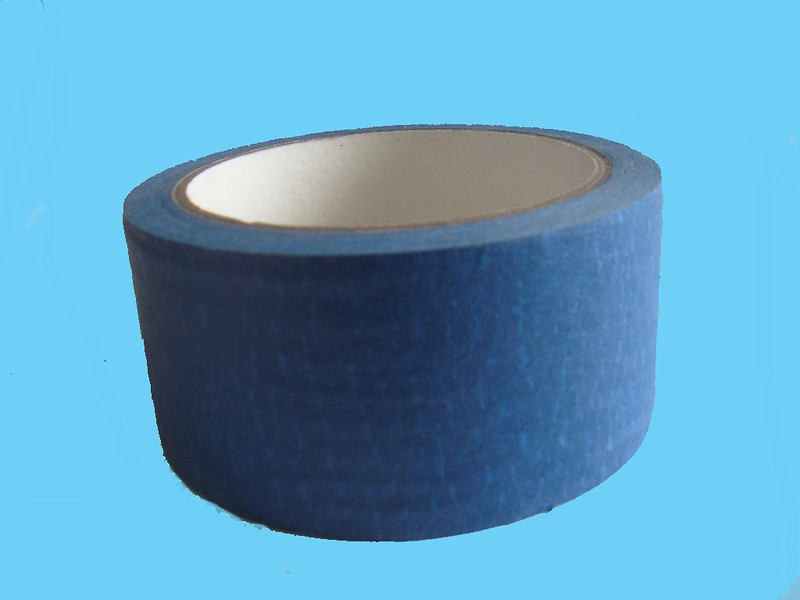
As mentioned, painter tapes either come in blue or green. Blue tapes are perfect for uneven and textured surfaces. Blue tapes can also be plastered on diverse surface types such as wood, vinyl flooring, as well as concrete and laminate, making them ideal for outdoor work.
Green Polyester Masking Tape:
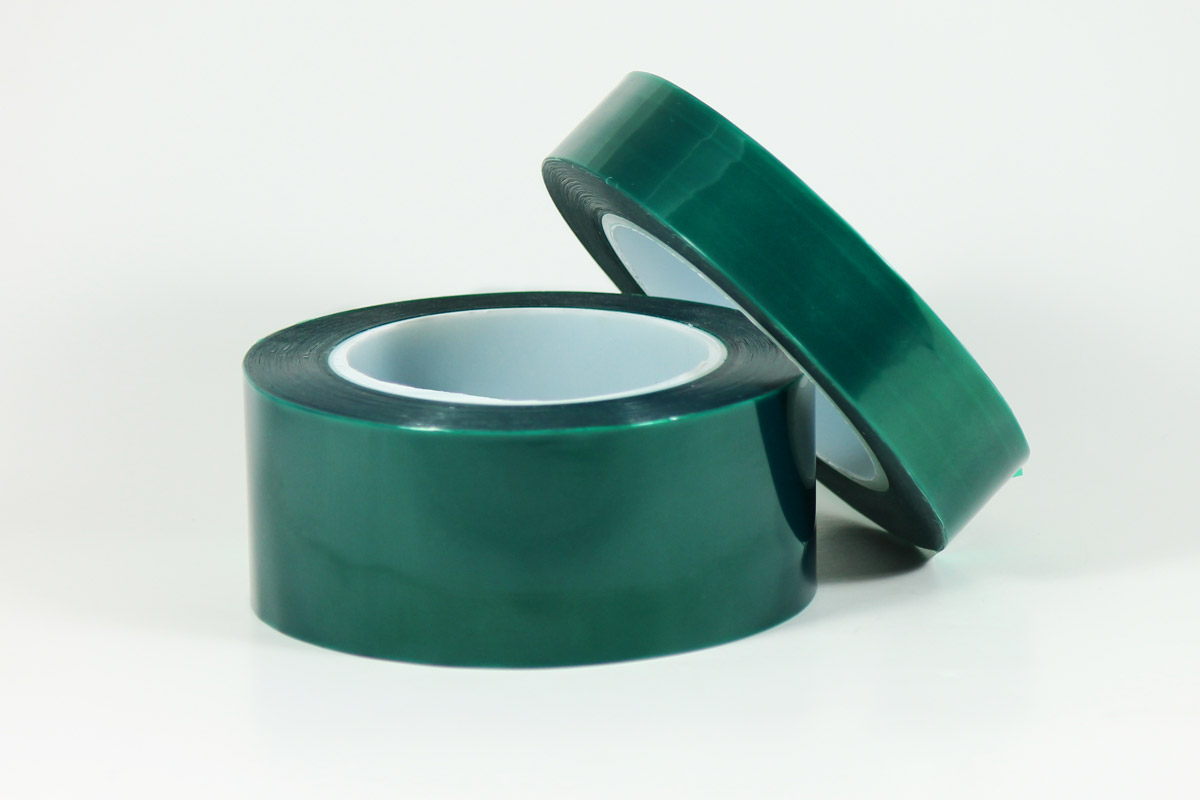
These rolls possess high bonding capacities and are suitable for rough textures in concrete, metal, and even brick. Windows and doors made from wood or vinyl are ideal work places for green tapes. These have high temperature resistance and work well for both indoor and outdoor use.
Apart from residential use, a green masking tape has industrial applications, particularly in soldering and sheet metal fabrication.
Purple Masking Tape:

They may look really striking, but purple masking tapes don’t possess high adhesive strength. They can’t be used for rough and textured surfaces. Hence, they’re best for protecting the edges of ceilings, walls, and floors. The uses of purple tapes are limited to the indoors, as they’re neither temperature nor weather-resistant.
Yellow Performance Masking Tape:
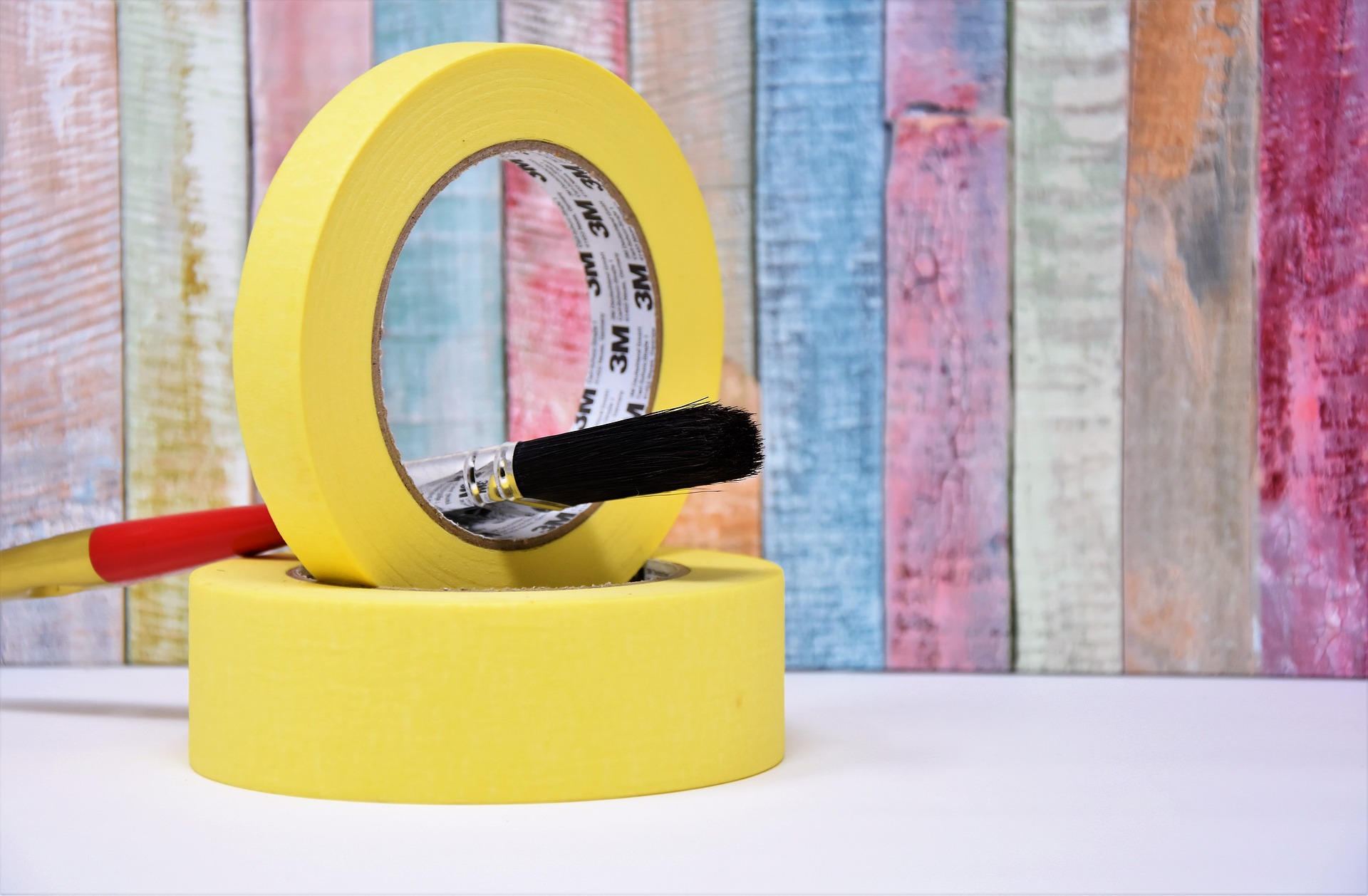
Most contractors prefer this over the other types because of its versatility. Yellow tapes can be applied on stone walls and concrete. They’re perfect for indoor and outdoor use, being water-resistant and UV-proof.
Black Masking Tape:
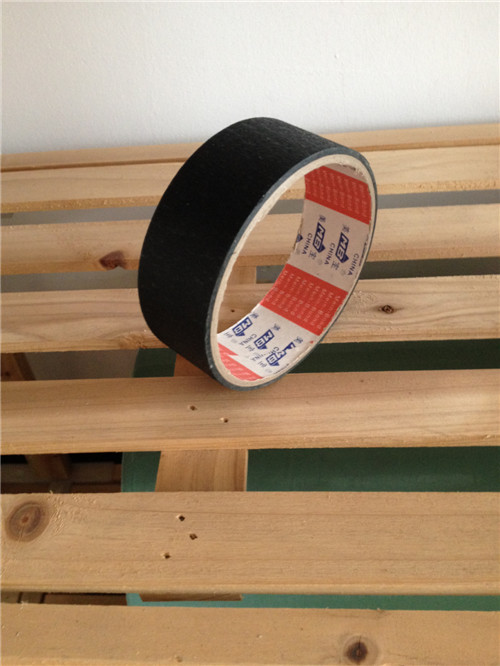
This tape features a special adhesive and is mainly used to reduce the reflection of studio lighting. If you want a dark and gloomy atmosphere for your workspace or studio, it may be best to use this.
Apart from paper-backed masking tape, other types may come in polyester films typically used for electronic procedures. Other masking tapes may be made from vinyl and rubber. For stronger adhesive strength and better heat resistance, silicone is often integrated.
Final Thoughts
If you think all masking tapes are made equal, think again. As this article points out, there are different types of masking tapes, and some work better than the others, depending on which specific do-it-yourself project you wish to do.
Before deciding which one works for your planned home improvement, think about the main purpose of your project and how the area looks like, as well as the environment in which it’s located in.
Simply put, choosing the correct type of masking tape can make your home project more efficient and with better results.